Beyond the Logo: The Elements of Successful Product Branding
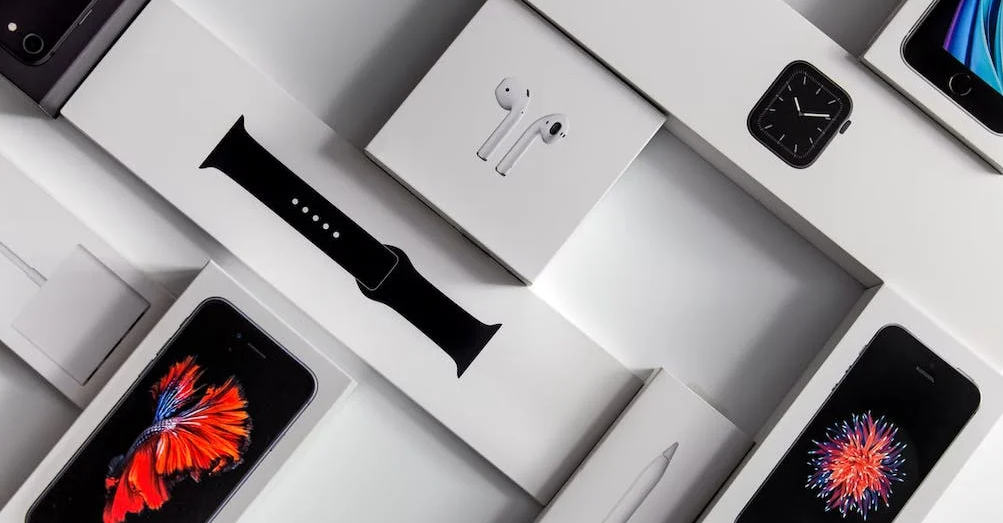
Imagine your favorite brand for a moment. Got it? Now, think about why it sticks in your mind. That’s the power of product branding—a potent mix of psychology, art, and business savvy that turns simple items into household names.
In this cluttered market, I’m unpacking the secret sauce behind product branding.
We live in an era where a brand isn’t just a logo or a catchy jingle—it’s an experience, a promise, a story that unfolds with every interaction.
Remarkably, this isn’t just about massive corporations either. From startups to mom-and-pop shops, branding makes or breaks the deal.
By the close of this read, you’ll grasp the intricacies of brand identity and how it fuels lasting connections with your audience.
Ready for a deep dive into brand equity, visual identity, and crafting messages that resonate? Let’s lead you through shaping a brand’s voice that speaks volumes and designing a visual identity that’s unforgettable.
This is more than just advice. It’s transforming your vision into a consumer magnet. Dive in, and let’s elevate your branding game.
Key takeaways
- Define Your Product: Identify what makes your product unique and the problems it solves. Imagine your product as a person to better conceptualize its identity.
- Understand Your Audience: Know who you are talking to, their needs, preferences, and the language they resonate with.
- Create Your Brand Identity: Develop a unique name, logo, color scheme, and slogan that align with both your product’s nature and your target audience.
- Craft Your Brand Story and Communicate It: Weave a narrative that emotionally connects with your audience, and utilize all channels to communicate your brand, allowing the product to
The Process of Product Branding

Steps in Product Branding
Alright, let’s get our hands dirty with the process of product branding. It’s not rocket science, but it does need a fair bit of planning and creativity.
- Define Your Product: What’s so special about your product? What problems does it solve? If your product was a person, who would it be?
- Understand Your Audience: Who are you talking to? What do they need? What do they love? What language do they speak?
- Create Your Brand Identity: This is where the fun starts. Create a unique name, logo, color scheme, and slogan that resonate with your product and audience.
- Craft Your Brand Story: Tell a compelling story that connects with your audience on an emotional level. Why does your product exist? What’s its purpose?
- Communicate Your Brand: Use all available channels to get your brand out there. Let your product speak for itself.
Key Elements of Product Branding
Product branding isn’t just about slapping a fancy logo on your product. It’s an art form, really. Here are some key elements to pay attention to:
- Product Name: This is the first thing people see. Make it count!
- Logo: Your logo is like your product’s face. It should be memorable and capture the essence of your product.
- Colors and Fonts: These should match the personality of your product and appeal to your target audience.
- Packaging: Think of this as your product’s outfit. It should reflect the quality and uniqueness of what’s inside.
- Tagline: This is your product’s catchphrase. It should be short, catchy, and communicate your product’s key benefit.
The Role of Product Branding in Marketing
Product Branding and Customer Loyalty
Let me tell you a secret – people don’t buy products. They buy brands. Product branding is what turns one-time buyers into loyal customers. It’s what makes them feel like they belong to a community. It’s what makes them choose your product again and again, even when there are cheaper or more convenient options available. It’s what makes them recommend your product to their friends and family.
Product Branding and Unique Identity
Product branding is like your product’s DNA. It’s what makes it uniquely itself. It’s what differentiates it from the sea of similar products out there. It’s what makes people recognize and remember your product. It’s what makes them relate to your product on a personal level.
Product Branding and Competitive Advantage
In today’s hyper-competitive market, product branding is the secret weapon that gives your product a competitive edge. It’s the invisible force that nudges customers to choose your product over others. It’s what makes your product stand out in the crowd and leaves a lasting impression.
Strategies in Product Branding
Developing a Product Branding Strategy
Alright, so how does one go about creating a killer product branding strategy? Here’s a simple step-by-step guide:
- Get to Know Your Product: Understand what makes your product unique and why it’s worth branding.
- Identify Your Target Market: Who will be using your product? What are their needs, wants, and expectations?
- Create a Unique Brand Identity: This includes choosing a distinctive product name, designing an eye-catching logo, and selecting colors and fonts that evoke the right emotions.
- Build a Strong Brand Personality: Is your product fun, serious, revolutionary? This personality should shine through all branding elements.
- Communicate Consistently: Once you’ve established your brand, consistency is key. Every interaction customers have with your brand should reinforce your product’s identity.
Questions to Ask When Branding a Product
Asking the right questions can make the product branding process a lot easier. Here are a few to get you started:
- What makes our product different?
- Who are our potential customers?
- What problems does our product solve?
- How do we want our product to be perceived?
- What values should our product represent?
Multi-Product Branding Strategy
What if you have multiple products under one brand? No problem, this is where a multi-product branding strategy comes in handy. It’s all about finding a balance. Each product should have its own distinct identity, but at the same time, it should align with the overall brand image. Think of it like a family – each member has their own personality, but they all share the same surname.
Importance of Investing in Product Branding
Benefits of Product Branding
Product branding isn’t just a nice-to-have, it’s a must-have. It’s what gives your product a competitive edge, boosts customer loyalty, and increases market share. And here’s the cherry on top: it can also allow you to charge premium prices. Because when people love a brand, they’re willing to pay more for it.
Long-Term Investment in Product Branding
Product branding isn’t a one-and-done deal. It’s a long-term investment that pays off big time. Over time, it creates a valuable asset known as brand equity. This is the added value brought by a well-known brand name. It’s like an evergreen tree that keeps bearing fruit year after year.
Real-World Examples of Successful Product Branding
Product branding might sound like a lot of work, but trust me, it’s worth it. Just look at these real-world examples:
Coca-Cola
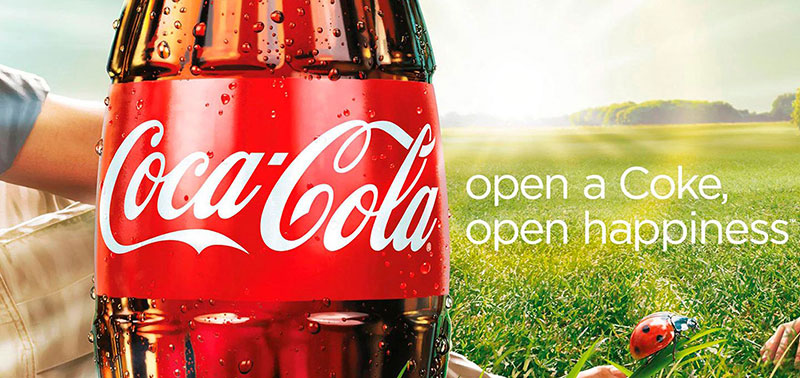
Its iconic logo, distinctive red color, and unforgettable tagline “Open Happiness” have made it one of the most recognized brands in the world.
Starbucks
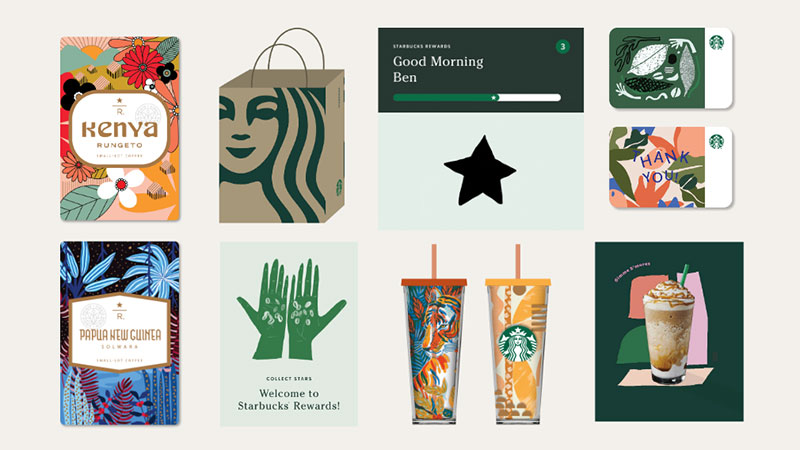
Its mermaid logo, commitment to quality, and unique store atmosphere have created a loyal following of coffee lovers worldwide.
Zara

How about a trip to the fashion world? Zara, a household name in fast fashion, has done a remarkable job with product branding.
Their secret?
An agile supply chain, trend-spotting prowess, and minimalist design aesthetics. With a branding strategy revolving around ‘fast and trendy’, Zara’s consistent brand messaging has made them a favorite amongst fashion enthusiasts. The promise is clear – you get the latest trends hot off the runway at affordable prices.
Uber

Next, let’s hail a ride to Uber. A game-changer in the world of transportation, Uber has used product branding to reshape how we think about commuting.
The sleek, black-and-white logo, the easy-to-use app interface, and the promise of quick, convenient rides have all contributed to their strong product brand. They’ve essentially branded themselves as a lifestyle, not just a service.
Apple

Ah, the Apple of the tech world’s eye! No discussion of product branding is complete without mentioning Apple. Their strategy? Simplicity, innovation, and premium quality.
From the minimalist design of the Apple logo to the sleek look and feel of their products, every detail screams sophistication.
The branding message is clear – if you want top-tier tech that’s user-friendly and looks good, you go for Apple.
Nike
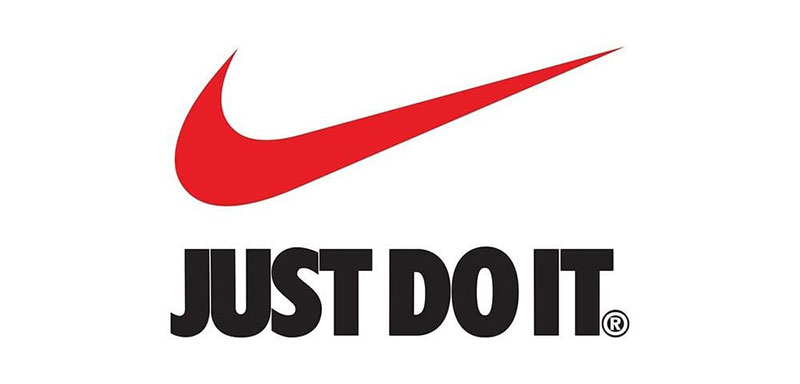
Just Do It!
Nike’s slogan is probably one of the most recognized globally, and that’s a testament to their product branding strategy.
Combining motivational messaging with top-notch product quality and design, Nike has created a strong brand identity that resonates with sports enthusiasts and casual consumers alike.
McDonald’s
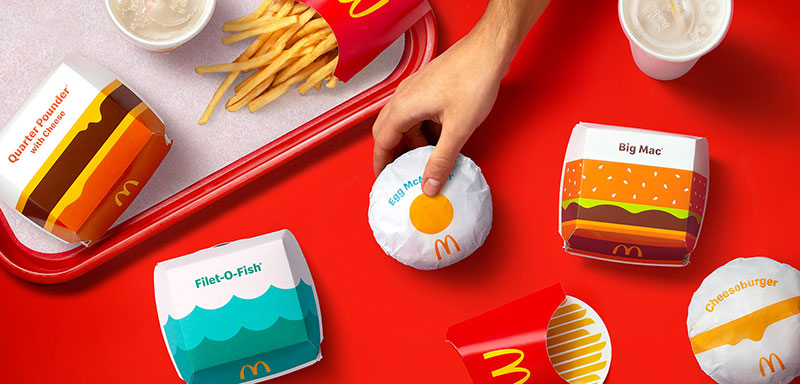
From the Golden Arches to the Big Mac, McDonald’s has nailed product branding.
Despite being a fast-food chain, they’ve managed to cultivate a sense of nostalgia and comfort around their brand.
The happy meal, the Ronald McDonald mascot, and their memorable jingles all contribute to a consistent and distinctive product brand.
Amazon

Last but not least, let’s visit the ecommerce giant – Amazon. With a brand promise of “Earth’s most customer-centric company,” Amazon has ingrained itself into our daily lives. Their logo, a simple smile that connects A to Z, represents the breadth of products available, all delivered with a smile.
Challenges in Product Branding
Overcoming Market Saturation
When there are too many similar products in the market, it can be tough to make yours stand out. But don’t let this discourage you.
With the right product branding strategy, you can create a unique identity that distinguishes your product from the rest.
Differentiating from Competitors
Another challenge is differentiating your product from competitors. But remember, it’s not just about being different, it’s about being better.
Think about how you can add more value to your customers than your competitors.
Maintaining Consistency in Branding
One of the toughest challenges in product branding is maintaining consistency. It’s easy to veer off track, especially when you’re constantly innovating.
But remember, consistency is what builds trust and loyalty among customers.
FAQ On Product Branding
What exactly is product branding?
Product branding? Think of it as the heart and soul of your marketing narrative. It’s crafting a unique identity that your customers recognize and cling to. It’s the logo, tagline, and color scheme but also the emotions and stories that your product carries every time it lands in someone’s hands.
Does product branding impact customer loyalty?
You got it. A strong brand equals a loyal fan base. It’s that simple. Want your customers coming back? Make your brand memorable. It’s the feelings and trust tied to your product that creates this unbreakable bond. Bottom line, it’s the secret recipe for repeat business and word-of-mouth champions.
How does one develop a great brand strategy?
Alright, first things first – dive into your audience’s world. Understand their needs, their language. Then, mix that with a clear purpose and, voila, you have the essence of a robust brand strategy. Remember, consistency is your best friend here; it maintains your identity and builds trust.
What is the role of logo design in product branding?
The logo? It’s your brand’s silent ambassador. More than just a pretty picture, it’s the visual hook that captures attention. A well-designed logo tells a story, evokes emotion, and burns into memory – making sure your brand stands out in this jungle of visual stimuli.
How can a company measure the success of its branding?
Brand success is like checking the health of your garden; you need the right metrics. Think brand awareness surveys, social media engagement, net promoter scores—and don’t forget sales figures. This combo gives you the real picture of where your brand stands in the wild market out there.
What’s the importance of brand differentiation?
Without brand differentiation, you’re a needle in a haystack. It’s showcasing what’s unique about your product. This isn’t just about standing out; it’s about owning your space, being the choice rather than an option. It’s convincing the world that you’re the answer to their problem.
How does rebranding affect a product?
Think of rebranding as a phoenix rising. It can revitalize a tired brand, tap into a new demographic, or shift perceptions. Be cautious though; it’s like doing heart surgery on your brand. You want to keep the core alive while shedding the old skin.
Can branding influence the perceived value of a product?
Absolutely! It’s like magic dust for perceived value. A solid brand can turn a generic product into a must-have. People don’t just buy a product; they buy the feeling, the idea, the status it brings. Branding is the wand you wave to make that perception a reality.
How important is storytelling in product branding?
Storytelling is the soul of your brand. It’s how your product connects on a human level. We’re talking about narratives that provoke emotions and forge a personal bond with the consumer. A good story turns a customer into a protagonist, emotionally invested in your product’s journey.
In a digital age, how has social media impacted product branding?
Social media? It’s the town square for product branding. With the power to shape narratives and build communities around your product, it’s an unrivaled platform for authenticity and connection.
Brands that master this dance of digital communication find themselves leading the pack in a crowded digital landscape.
Conclusion
Wrapping it up, right? Product branding – that’s been our jam. Pure and simple, it’s the soul of your entire look and feel. You’ve got the scoop now. From the draw of the logo to the gutsiness of the brand voice, every pixel you see, every message you read, it’s all intentional.
- Unforgettable visual identity
- Emotional consumer connection
- Consistent and strategic brand messaging
These aren’t just buzzwords; they’re the pillars holding up your digital storefront. And yeah, it’s a digital jungle out there. But your brand? It’s got to be the beacon, cutting through the noise, saying, “Here I am. Trust me. Choose me.”
Remember, a great brand strategy doesn’t just slap on a pretty face and call it a day. Nope. It builds a legacy. Your takeaways are clarity, authenticity, and engagement. Implement ’em right, and they’ll usher your brand to the top. See it soar like that lone eagle in a sky full of sparrows.
If you liked this article about product branding, you should check out this article about product validation.
There are also similar articles discussing user adoption strategies, product monetization strategies, product-led onboarding, and product documentation.
And let’s not forget about articles on product-led sales, product iteration, PLG vs SLG, and product management with Monday.
- Edit Videos on the Go: Best Apps Like iMovie - May 5, 2024
- Top 7 Ways Outsourcing eCommerce Customer Service Can Increase Your Sales - May 5, 2024
- Animate with Ease: Top CSS Animation Libraries Today - May 5, 2024








